While everyone was sunning themselves this summer I was busy putting together my illustrated Christmas card collections. I’ve got a number of designs available this year ranging from the traditional (we all love a wee robin) to playful (as a veggie I couldn’t help but showcase what most people will be eating at Christmas) to vintage (I’m a huge fan of retro illustration).

I thought it would be nice to coordinate your Christmas greetings, gifting and thank you notes with my Festive Robin Stationery Box Set.
This year the robin was crowned the nation’s favourite bird in the National Bird Vote – so my festive motif featured on greetings and gift tags is sure to be a real favourite with friends and family and a time-honoured way of ‘tweeting’ your Christmas wishes.
In a Scandi-inspired theme of red and white, the pack also features a simple heart motif print, designed and printed by me. The pack features ten illustrated Robin Christmas greetings, ten thank you notecards and ten Robin gift tags. You can take a look at it here.

I’ve got a pack of 10 illustrated Goose and Turkey Christmas cards (five of each) so you can send a season’s greeting with a cheeky twist. Get your set here. So what better way to say ‘Season’s Greetings’ than with a lovingly drawn illustration of the creatures that are kindly sacrificing themselves to ensure your Christmas dinner is absolutely perfect; a fattened goose and succulent turkey?
My pack of 10 vintage inspired Christmas cards was inspired by old designs of the 1950s and 60s. There were lots of baubles, bells and kitsch motifs (which I adore). I wanted to see if I could do something similar so I went to the shed and pulled out all my old decorations and got drawing. Check out how you can get yours here
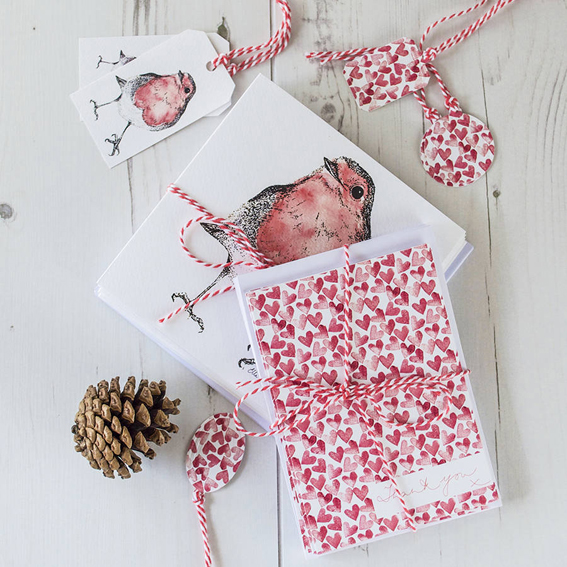

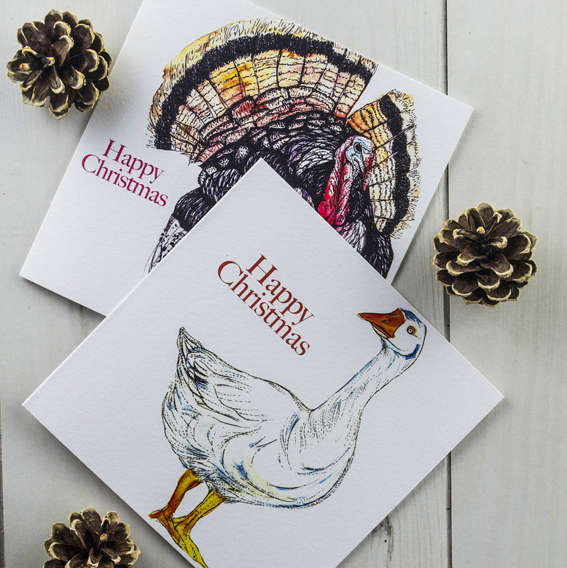
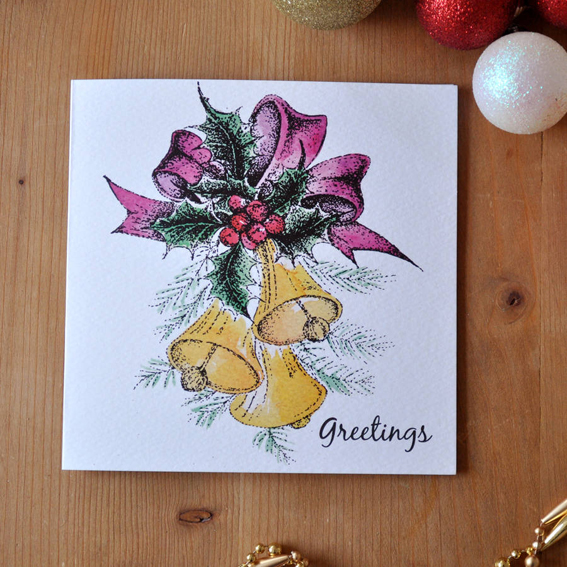



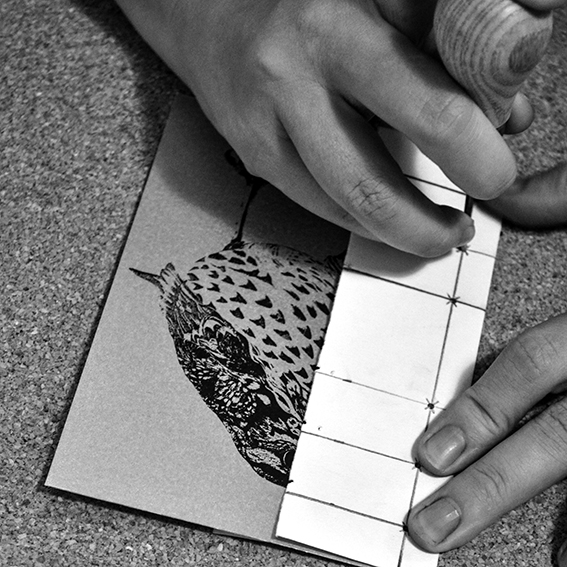
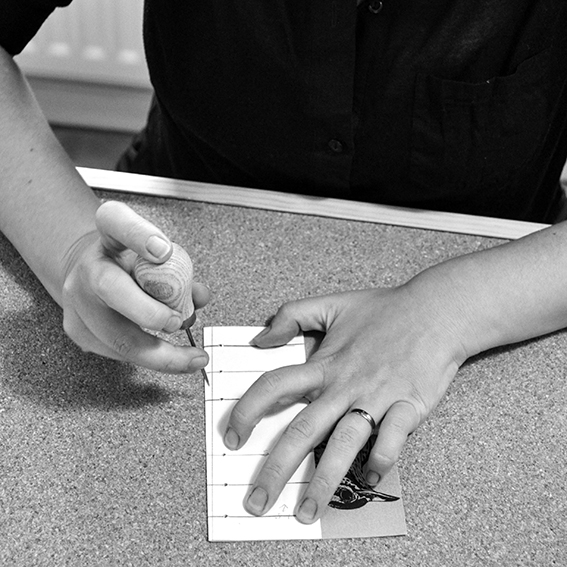

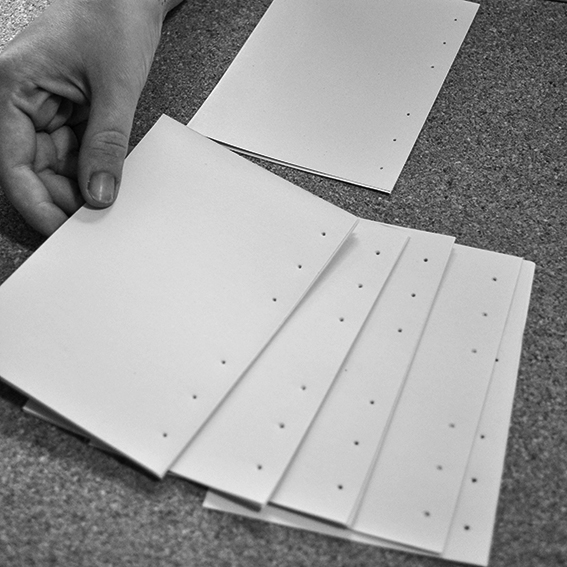 4: Place a quarter of the book pages underneath the template and make holes as shown. Continue with the remaining pages doing quarters at a time. The pages and cover should all look the same once punched.
4: Place a quarter of the book pages underneath the template and make holes as shown. Continue with the remaining pages doing quarters at a time. The pages and cover should all look the same once punched.


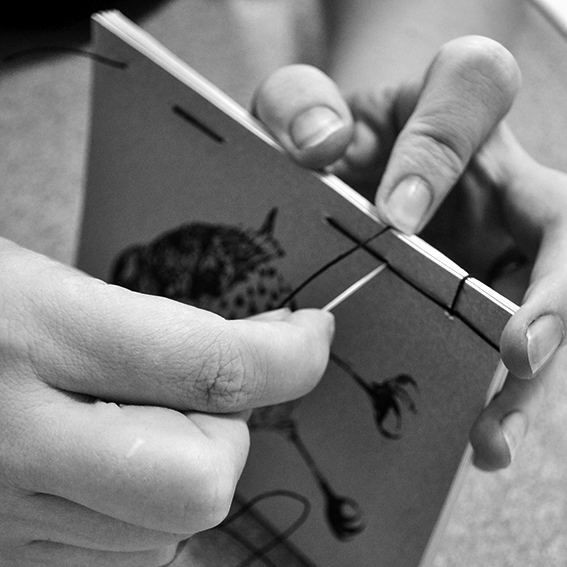
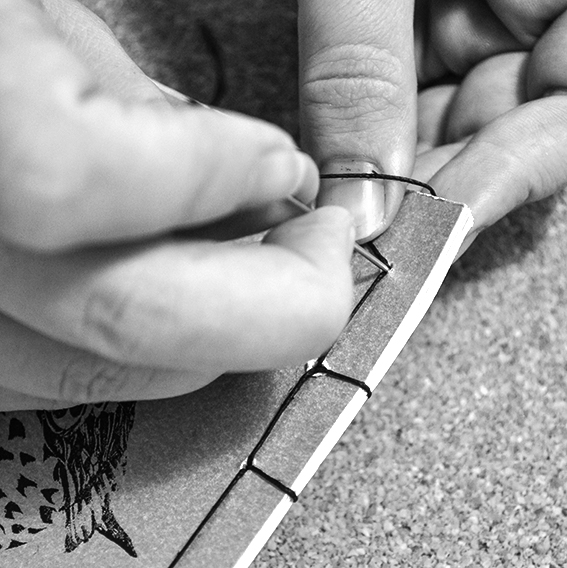
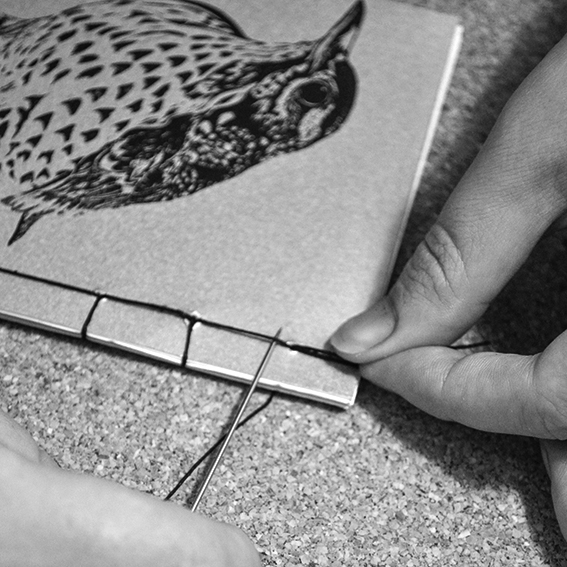
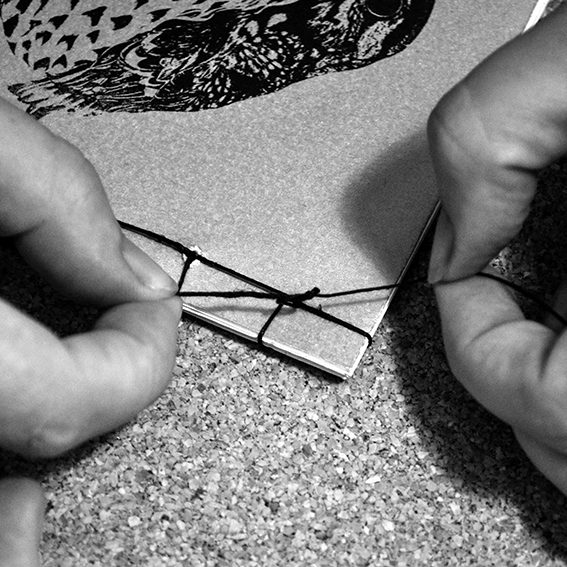
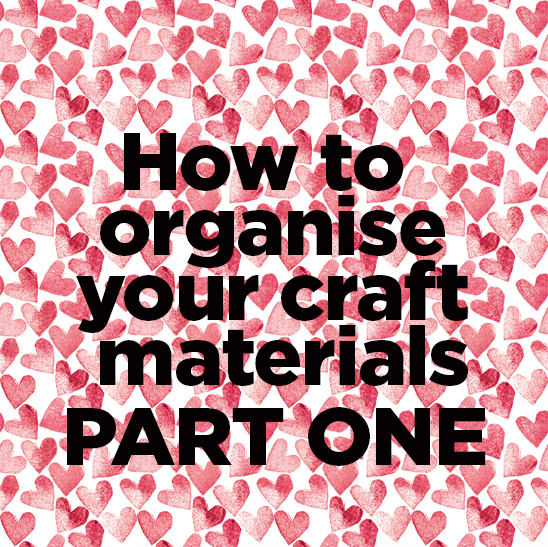
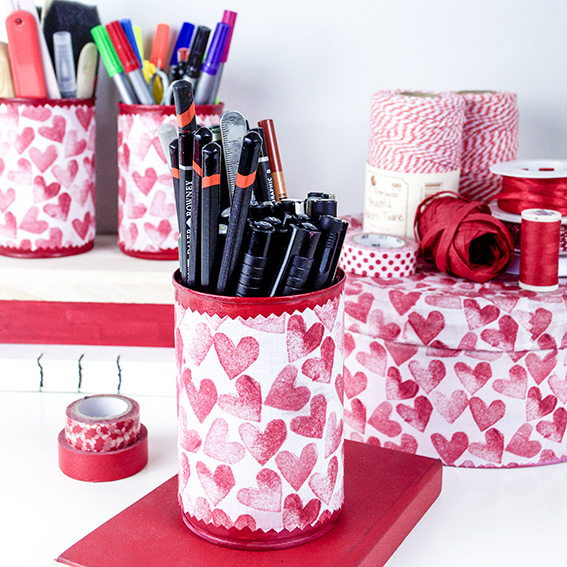
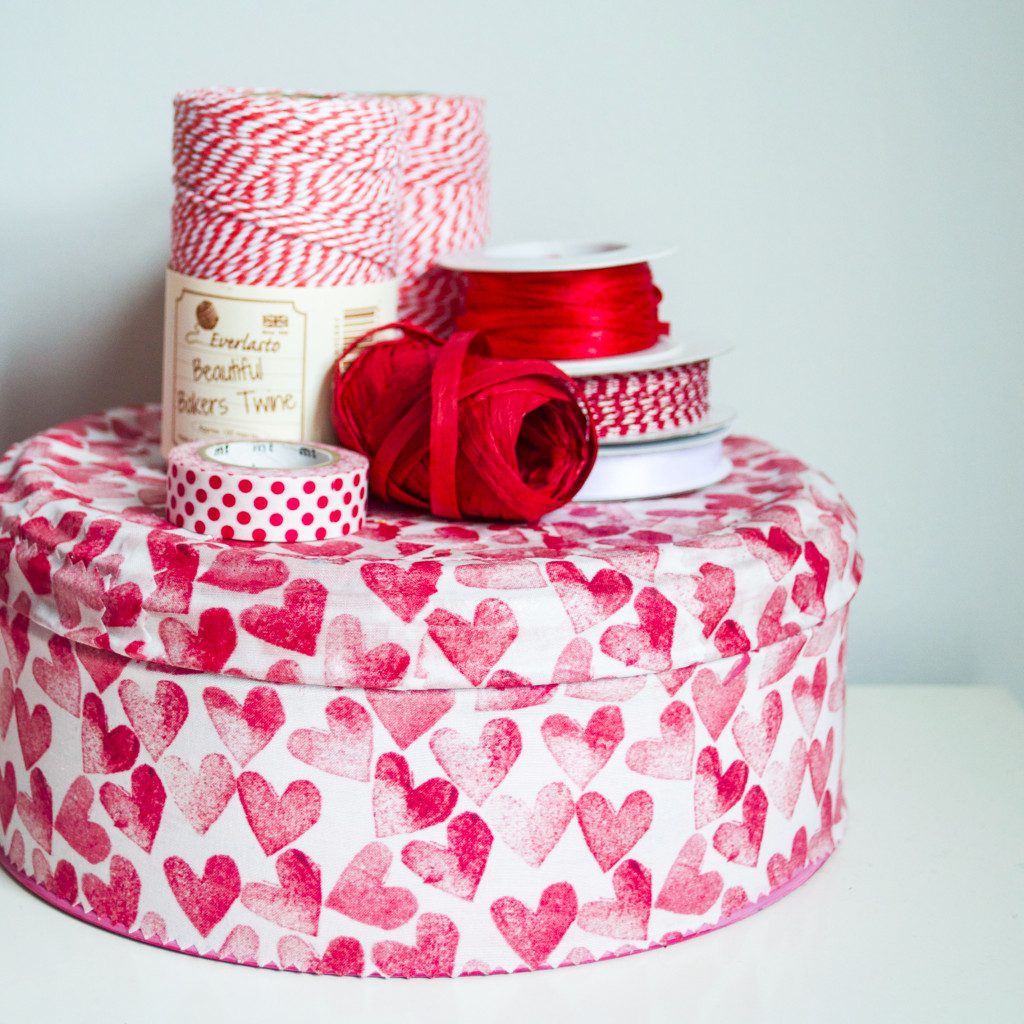

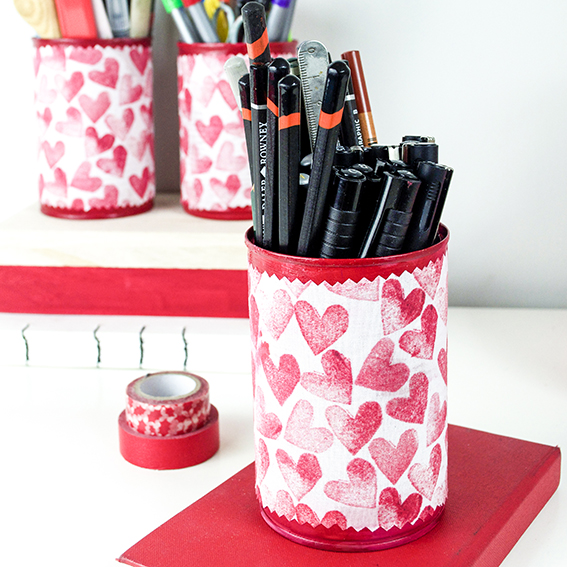
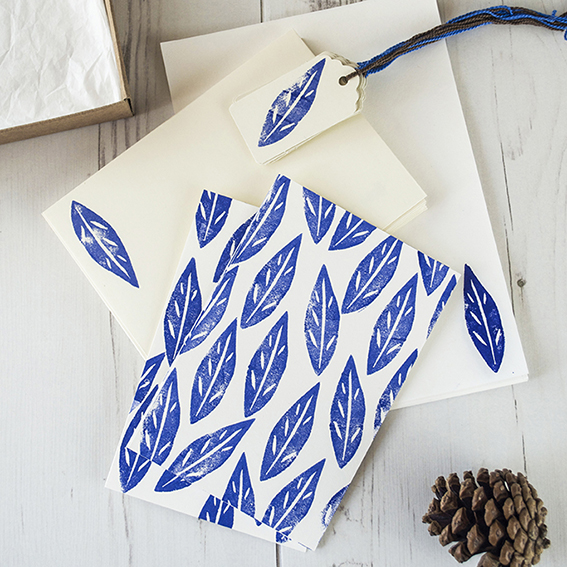
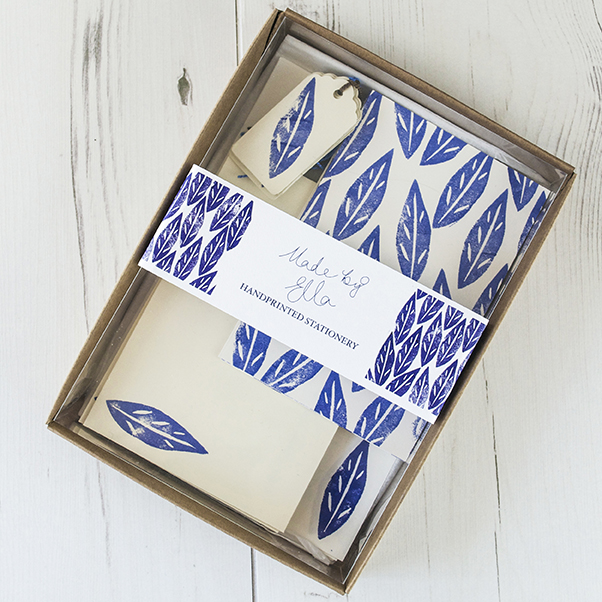
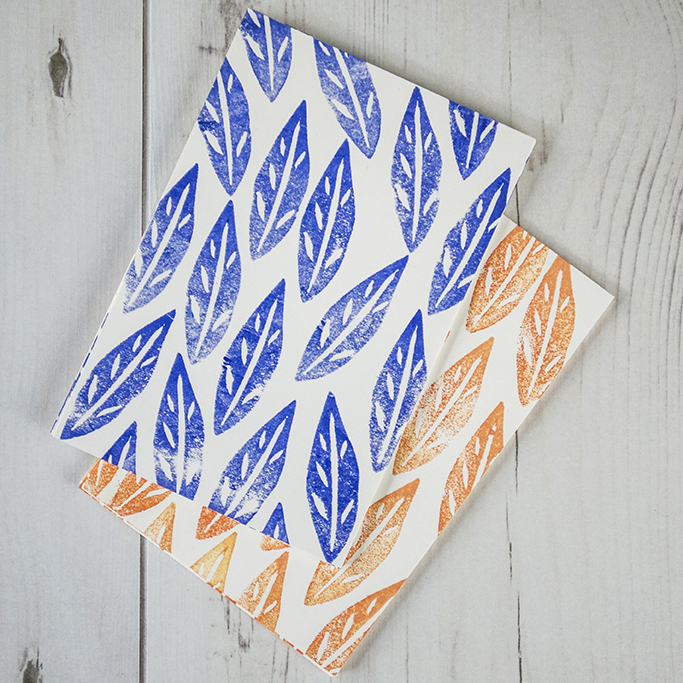
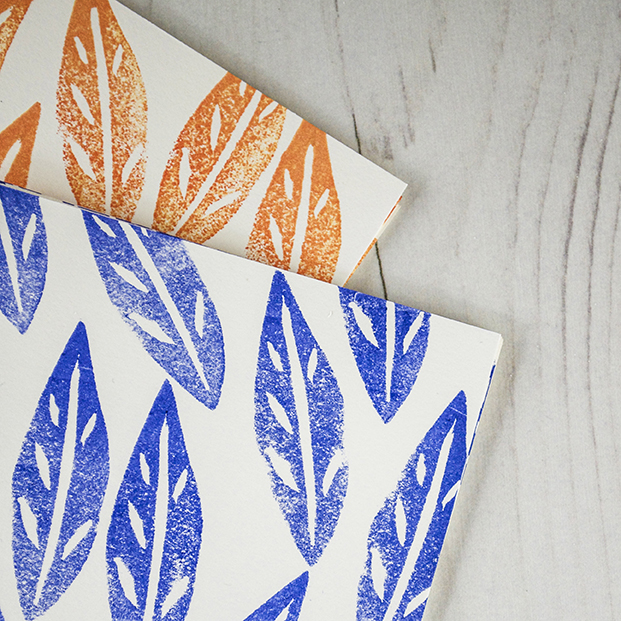
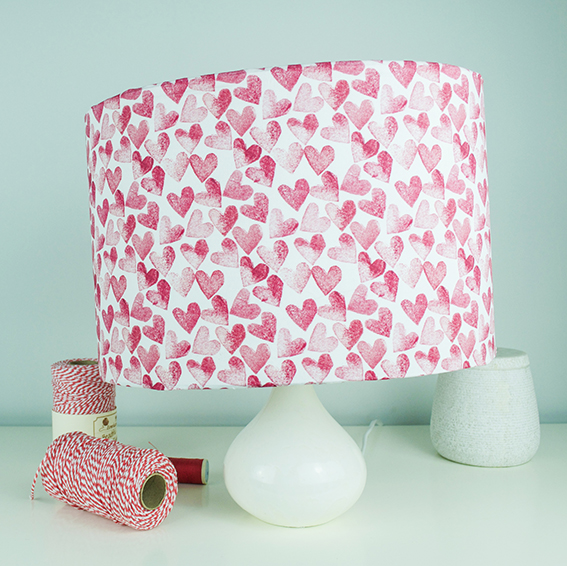


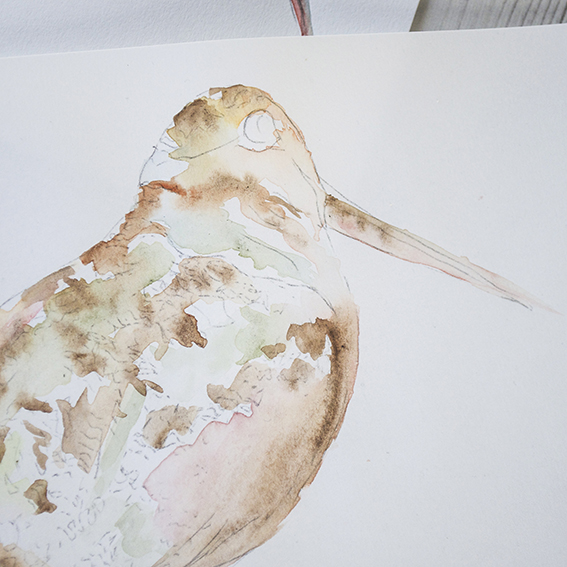
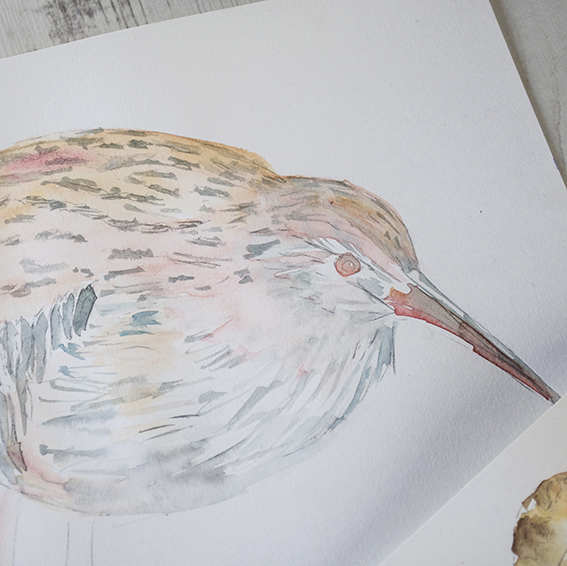
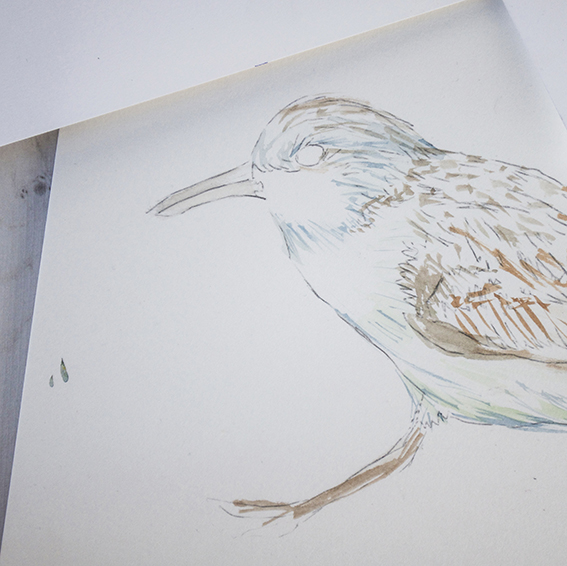












 Every one of my illustrations starts with this. I draw my initial motif in pencil on high-quality watercolour paper. I then apply washes of watercolour with a broad brush, adding little touches of detail colour while the wash is still wet with a thinner brush.
Every one of my illustrations starts with this. I draw my initial motif in pencil on high-quality watercolour paper. I then apply washes of watercolour with a broad brush, adding little touches of detail colour while the wash is still wet with a thinner brush.


